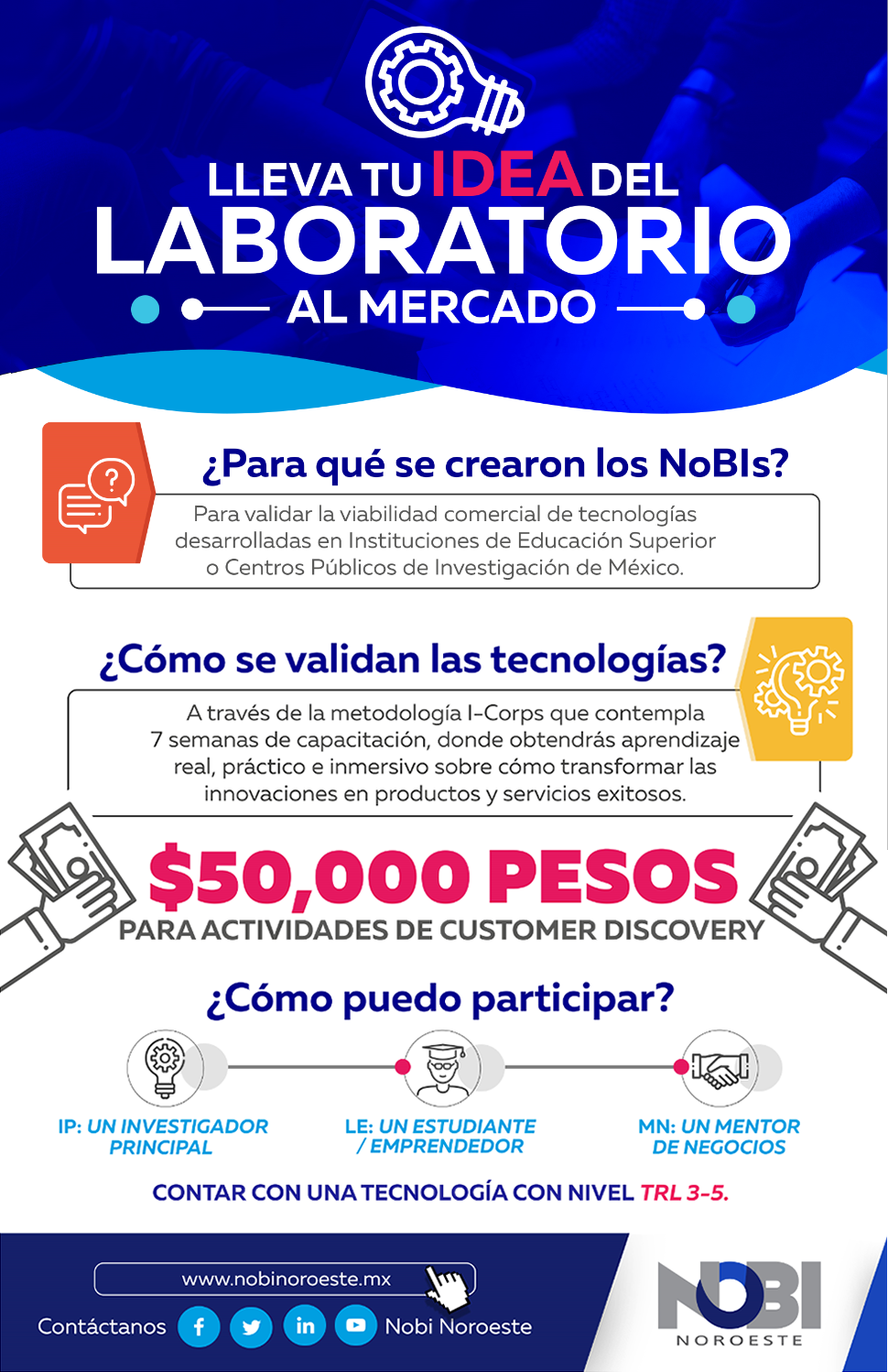Clean energies are those that do not pollute air, soil or water, since they do not emit toxic sub-products during the process of energy generation. Due to the crisis of conventional or fossil energies, such as gas and petroleum, as well as the harmful effect that the exploitation of these has on the environment, nowadays clean energies like geothermal, wind, hydro and solar, bit by bit, are gaining importance in more and more regions of the planet.
Worldwide, solar is the third most important source of sustainable energy, it consists of converting the energy generated by the sun into electrical energy and the most well-known method to carry out this process is through solar cells. In addition to the photovoltaic devices generating no noise when converting sunlight into electric energy, they are robust, reliable and long lasting. Nowadays, some of their applications are: telecommunications, rural electrification, farming, cattle raising, public lighting, signaling, control, rural development, voltage out of range, network outage, network lag, among others.
This kind of energy is generated by the photovoltaic process, which starts with the photons emitted by the sun, that are captured by the photovoltaic solar panels, those photons are converted into direct current; this, through an inverter, is transformed into the alternate current which is poured on the net and is ready to use. We must make a precision: the photovoltaic solar panels are composed by cells or solar cells; in terms of generation, the solar cell turns sunlight in electricity but is not capable of generate large masses to connect to the net, a photovoltaic solar panel is a group of cells that together generate large amounts of energy.
According with the engineer Jaime Agredano Díaz from the National Institute of Electricity and Clean Energy, around eight years ago the silicon solar cells started to take over the market, in 2008 they reached close to 90% of the modules that were manufactured around the world. The solar cells are mainly manufactured based on silicon, a material that although is abundant on Earth compared to others, is insufficient to cover the prospected demand for the manufacture of photovoltaic solar panels. Today materials such as copper, indium, selenite, cadmium, telluride, and gallium arsenide are also used, among others, and the research to discover new ways and materials to manufacture solar cells continues.
In the mid-seventies, the first terrestrial applications of the photovoltaic technology were made, in consumer products such as watches, toys, calculators, among other devices that required a low supply to function. Once the efficiency of the solar cells was proved, technology itself and its prices started to improve, also it started to venture in areas such as signaling devices energizing, control and monitoring processes, and rural electrification.
In his text, Agredano Díaz noted that over two million people around the world do not have electrical services, which turns out to be a big problem on rural areas of the developing countries. Now, in Mexico, it has taken advantage of the great growth potential for the photovoltaic energy that the rural communities have, where it is used not only with purposes of electrification, but it is also applied to energize stations of telecommunications rebroadcasting, in telesecondaries and rural clinics.
After obtaining encouraging results on their first applications, in the late nineties a new application that started to revolutionize this market was ventured: photovoltaic system connected to the grid. The photovoltaic systems are connected in parallel to the network and have as main advantage that the same consumer generates totally or partially the energy he consumes, this is, the photovoltaic generator captures the sun radiation, which transforms it into electrical energy through an inverter network connection and is used for consumption.
In Mexico, thanks to the bidirectional meters of the Federal Electricity Commission (Comisión Federal de Electricidad, CFE), is possible to obtain the benefits of the general utility scheme to the use and payment of the electrical resource known as net balance. The entirety of the photovoltaic system production is poured on the network of the CFE and later, on the date of the billing cut, the produced sum is subtracted to the total consumption, it is taken into account for the emission of the bill: if your photovoltaic system produced 20 kilowatts and you consumed 50 kilowatts, you will only pay 30 kilowatts.
By regard to obtaining the maximum performance of photovoltaic technology, different factors affect the actual daily production: the positioning of the photovoltaic system, the orientation, the geographical latitude where it is installed and the shade it receives (because of the clouds or taller buildings around). In places with little space available for the installation of photovoltaic modules, the system can be complemented with solar trackers, which increase the daily energy production up to 30% .
Finally, we leave two lists, one with the advantages of this technology and other with the disadvantages.
Advantages:
- It is a source of renewable energy, its resources are unlimited.
- No emissions (it does not noticeably contribute to the pollution or global climate change).
- Low operation costs.
- High reliability and durability in modules (over 20 years).
- It can integrate to the structures of a new construction or one that already exists.
- High public acceptance.
- Great security level.
- The cost decreases as the technology improves.
Disadvantages:
- Diffuse fuel source (sunlight is a relatively low density energy).
- High installation costs, it requires a strong initial investment.
- Lack of economic and reliable energy storage devices.
- In order to recollect solar energy on a great scale, big extensions of land are required.
- It has some limitations respecting the consumption because, during periods where there is no sun, it cannot use more energy than the one accumulated.
- The places with more solar radiation are desert and far from the cities.
Written by Alfredo Careaga (Communication and Diffusion, PIT-UAS), translated by Belem Ruiz(Edition and Communication, PIT-UAS).



 Parque Científico Tecnológico, Universidad Autónoma de Sinaloa © 2015
Parque Científico Tecnológico, Universidad Autónoma de Sinaloa © 2015